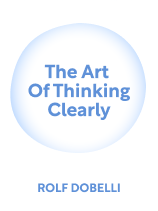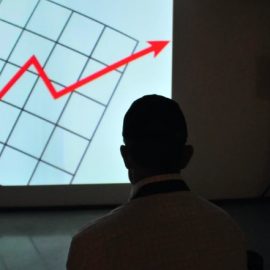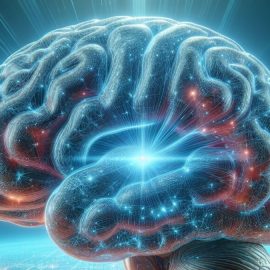

This article is an excerpt from the Shortform book guide to "The Art of Thinking Clearly" by Rolf Dobelli. Shortform has the world's best summaries and analyses of books you should be reading.
Like this article? Sign up for a free trial here .
What is sampling distribution? What are some of the pitfalls in working with mathematical averages in math?
A sampling distribution is one of the complex math concepts many people don’t instinctively understand. The sampling distribution (or the distribution of the average) is important because averages are misleading: Your brain focuses on the average and doesn’t consider possible outliers in the distribution.
Keep reading to understand sampling distribution, explained in simple terms.
Understanding Sampling Distribution
When calculating an average, you add together a group of numbers then divide by the number of numbers. For example, to find the average of 5, 9, 12, and 14, you would add them together to get 40 then divide by four to get 10.
One of the biggest pitfalls when working with averages is ignoring the distribution: the original numbers used to calculate the average. The distribution of the average is important because averages are misleading: Your brain focuses on the average and doesn’t consider possible outliers in the distribution. Outliers are the extremes at either end of the scale that drastically change the average, Dobelli adds.
For example, a waiter could serve an average of 20 tables a day. Your brain instinctively limits the range of possible tables waited per day to a range close to 20, such as 15 to 25. However, there might be slow days where the waiter only serves 5 tables, or busy days where they serve 40. The average hides these outliers, so if you ignore the distribution, you don’t have a true idea of the waiter’s workload.
To get a true idea of the workload, you must remove the outliers, Dobelli says. This isn’t instinctive, but it’s important for modern life because outliers are increasingly common.
Averages and Scalable Events
Dobelli’s discussion of distribution and outliers finds parallels in Nassim Nicholas Taleb’s The Black Swan. Taleb sorts events into two categories: scalable and non-scalable. Scalable events have no defined limits, while non-scalable events have defined limits. (Taleb notes that Black Swan events—events that are unpredictable yet highly influential—occur solely in scalable situations.)
Most natural events are non-scalable. For example, there’s a defined limit to how much weight a human can lift; strength and weakness revolve around an average, and there are few outliers in that average’s distribution.
On the other hand, many man-made situations and ideas are scalable, with outliers in their averages’ distribution. There’s no upper limit to wealth, for example, which allows for the existence of billionaires—outliers in the distribution of global wealth. The presence of a single billionaire can significantly raise the average wealth of a town, making this average misleading—most people will earn well below the skewed average. Thus, when dealing with scalable situations, understanding the sampling distribution is important to gain an accurate picture of the situation.

———End of Preview———
Like what you just read? Read the rest of the world's best book summary and analysis of Rolf Dobelli's "The Art of Thinking Clearly" at Shortform .
Here's what you'll find in our full The Art of Thinking Clearly summary :
- A detailed look at the most common logical fallacies that inhibit decision-making
- How to recognize and overcome these fallacies to make better decisions
- Why you value things for arbitrary reasons






